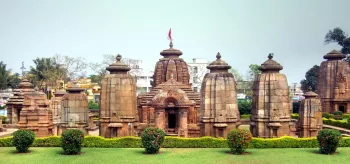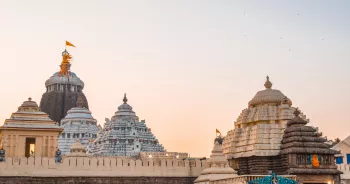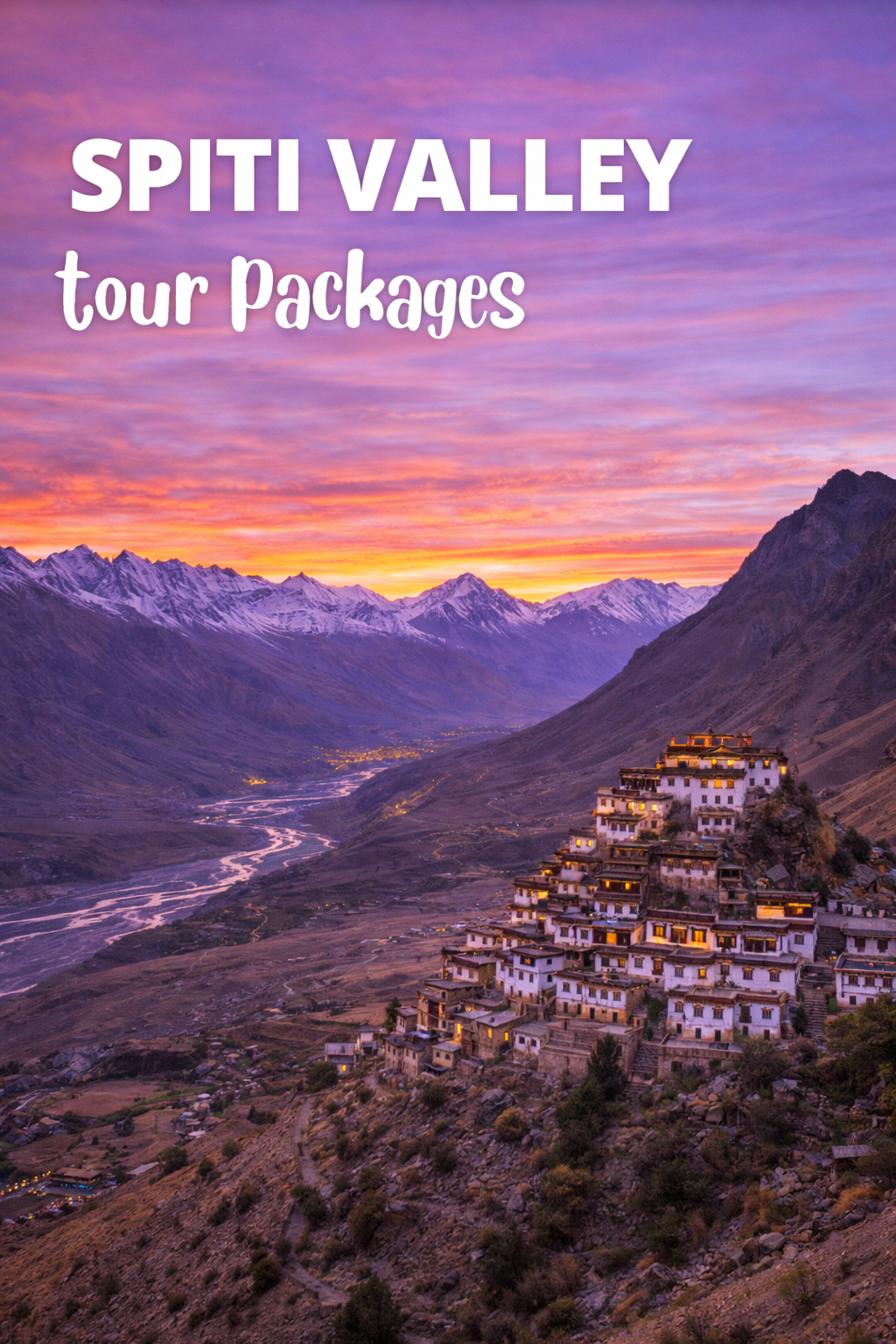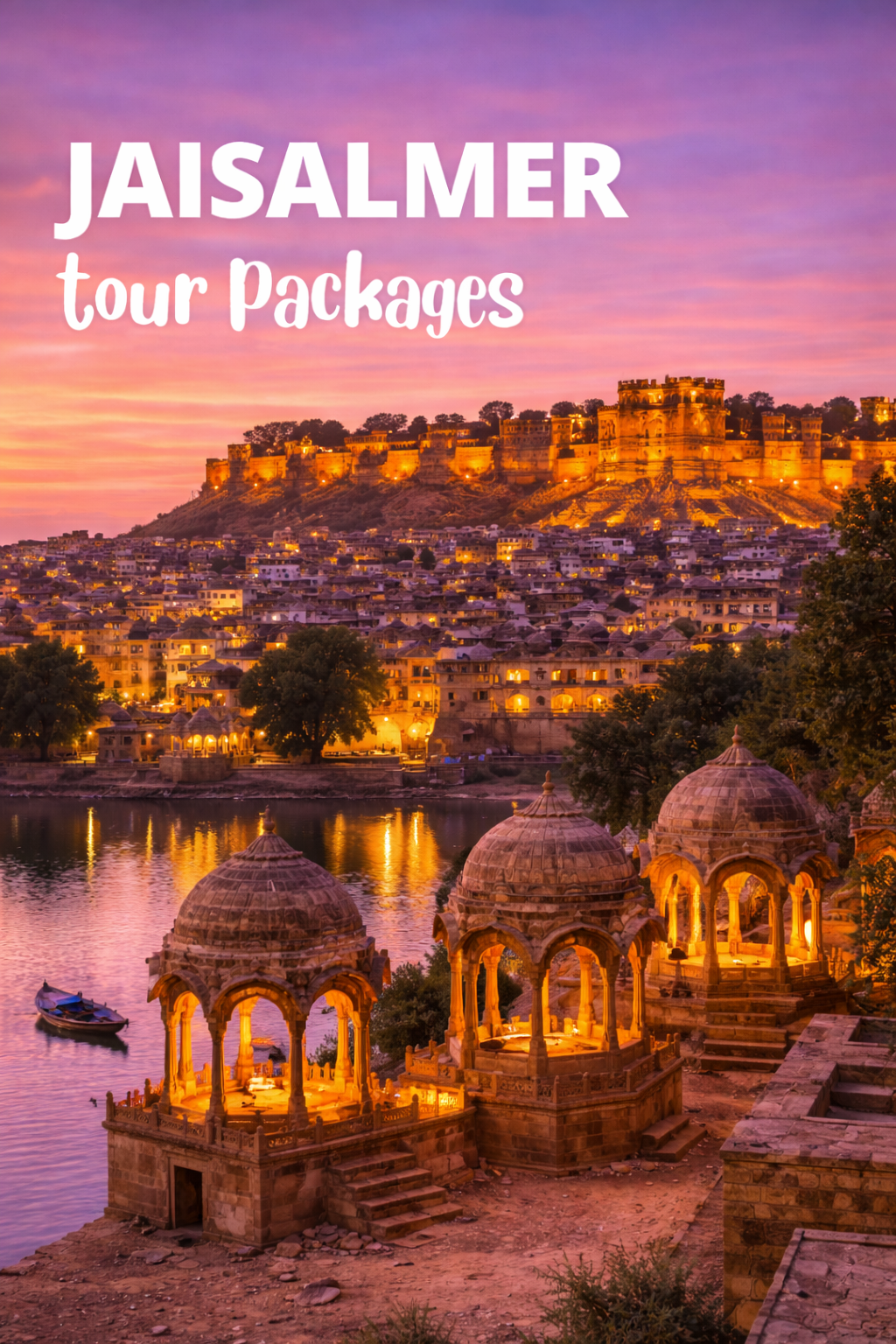Hi User
Navigation
Top five longest rivers of India
Rivers are the lifelines of India. They originate in the high mountains and flow across the length and breadth of the country, finally emptying into t - Tripclap
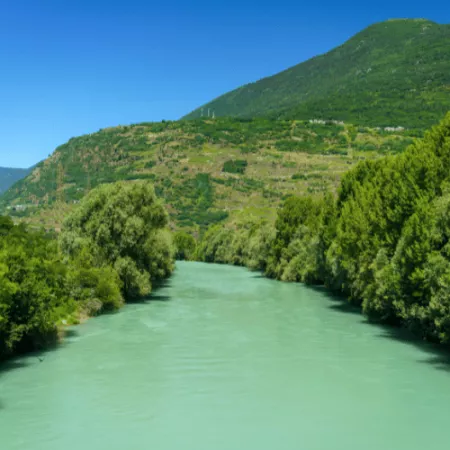
Rivers are the lifelines of India. They originate in the high mountains and flow across the length and breadth of the country, finally emptying into the Bay of Bengal and the Arabian Sea. India has many big and small rivers, some of which are more than 2500 km long.
They are the country's natural highways, carrying people and goods from one corner of the country to another. They are also sources of irrigation, power and transportation.
The rivers of India are a vital part of the country's culture and economy.
They are the country's natural highways, carrying people and goods from one corner of the country to another. They are also sources of irrigation, power and transportation.
The rivers of India are a vital part of the country's culture and economy.
Rivers have been an integral part of India since time immemorial. The rich culture and heritage of the country is closely associated with these flowing streams. They have been the source of livelihood for the people and have played a significant role in the development of the country. Some of the rivers and their banks are famous tourist places of India. They are home to various religious as well as adventurous activities.
Top five longest rivers in India are as follows:
Table of Content
7 days & 6 nights
4.4 (74)
CharDham Yatra-> Haridwar Yamnotri Gangotri Rishikesh Tour 6 Nights 7 Days for 4 PAX
1D Barkot • 1D Delhi • 1D Gangotri • 1D Haridwar • 1D Rishikesh • 1D Uttarkashi • 1D Yamunotri
Tour package by Travel-yatra.com (A unit of Flying bird travel pvt. ltd.)
Verified Trustseal Top Partner
INR 20,776 SAVE INR 3,116
INR 17,660 /Adult
5 days & 4 nights
4.4 (74)
CharDham Yatra-> Yamnotri Gangotri Tour Ex-Haridwar 4 Nights 5 Days for 8 PAX
0D Barkot • 0D Chardham • 0D Gangotri • 0D Haridwar • 0D Rishikesh • 0D Uttarkashi • 5D Yamunotri
Tour package by Travel-yatra.com (A unit of Flying bird travel pvt. ltd.)
Verified Trustseal Top Partner
INR 11,390 /Adult
10 days & 9 nights
4.8 (24)
Chardham Yatra 2025 – Secure Your Seats Today!
2D Badrinath • 2D Chopta • 2D Gangotri • 2D Kedarnath • 2D Yamunotri
Tour package by TripedyTravel
Verified
INR 25,713 SAVE INR 7,714
INR 17,999 /Adult
10 days & 9 nights
5 (31)
Chardham Tour Package 10D9N from Haridwar with Helicopter in Kedarnath (Group Tour)
2D Badrinath • 2D Chardham • 2D Gangotri • 2D Kedarnath • 2D Yamunotri
Tour package by Traowl India
Verified Tour Expert
INR 33,529 SAVE INR 5,029
INR 28,500 /Adult
10 days & 9 nights
4.4 (74)
CharDham Yatra-> Yamnotri Gangotri Kedarnath Badrinath Ex-Haridwar Tour 9 Nights 10 Days for 4 PAX
1D Badrinath • 1D Barkot • 1D Gangotri • 1D Haridwar • 1D Joshimath • 1D Kedarnath • 1D Rishikesh • 1D Rudraprayag • 2D Uttarkashi
Tour package by Travel-yatra.com (A unit of Flying bird travel pvt. ltd.)
Verified Trustseal Top Partner
INR 34,613 SAVE INR 6,923
INR 27,690 /Adult
10 days & 9 nights
5 (31)
9N/10D Chardham Deluxe Yatra Tour Package from Kolkata for 10 Adults
1D Badrinath • 1D Chardham • 1D Gangotri • 1D Haridwar • 1D Kedarnath • 1D Uttarkashi • 4D Yamunotri
Tour package by Traowl India
Verified Tour Expert
INR 23,571 SAVE INR 7,071
INR 16,500 /Adult
5 days & 4 nights
4.4 (74)
CharDham Yatra-> Yamnotri Gangotri Tour Ex-Haridwar 4 Nights 5 Days for 14 PAX
0D Barkot • 0D Chardham • 0D Gangotri • 0D Haridwar • 0D Rishikesh • 0D Uttarkashi • 5D Yamunotri
Tour package by Travel-yatra.com (A unit of Flying bird travel pvt. ltd.)
Verified Trustseal Top Partner
INR 16,329 SAVE INR 4,899
INR 11,430 /Adult
8 days & 7 nights
4.4 (74)
CharDham Yatra-> Gangotri Kedarnath Badrinath Ex-Haridwar Tour 7 Nights 8 Days for 18 PAX
0D Badrinath • 0D Chardham • 0D Gangotri • 0D Haridwar • 0D Joshimath • 0D Kedarnath • 0D Rishikesh • 0D Rudraprayag • 8D Uttarkashi
Tour package by Travel-yatra.com (A unit of Flying bird travel pvt. ltd.)
Verified Trustseal Top Partner
INR 23,082 SAVE INR 3,462
INR 19,620 /Adult
10 days & 9 nights
4.4 (74)
Divine Chardham Yatra – Yamunotri Gangotri Kedarnath Badrinath Tour in 10 Days
1D Badrinath • 1D Barkot • 1D Chardham • 1D Gangotri • 1D Haridwar • 1D Joshimath • 1D Kedarnath • 1D Rishikesh • 1D Rudraprayag • 1D Uttarkashi
Tour package by Travel-yatra.com (A unit of Flying bird travel pvt. ltd.)
Verified Trustseal Top Partner
INR 36,667 SAVE INR 9,167
INR 27,500 /Adult
8 days & 7 nights
4.4 (74)
CharDham Yatra-> Gangotri Kedarnath Badrinath Ex-Haridwar Tour 7 Nights 8 Days for 4 PAX
0D Badrinath • 0D Chardham • 0D Gangotri • 0D Haridwar • 0D Joshimath • 0D Kedarnath • 0D Rishikesh • 0D Rudraprayag • 8D Uttarkashi
Tour package by Travel-yatra.com (A unit of Flying bird travel pvt. ltd.)
Verified Trustseal Top Partner
INR 28,106 SAVE INR 4,216
INR 23,890 /Adult
1. The Ganges
The Ganges is the longest river in India, measuring 2,525 kilometers (1,569 miles) in length. It flows from the Gangotri Glacier in the Uttarakhand Himalayas and empties into the Bay of Bengal. The river is considered sacred by Hindus and is an important part of religious ceremonies and rituals.
The Ganges River is one of the famous and most important rivers in India. It originates in the Gangotri Glacier in the Himalayas and empties into the Bay of Bengal. The river is revered by Hindus and is considered to be a holy site. Hindus believe that bathing in the Ganges remits sins and that the water has the power to cure diseases. Pilgrims travel to the Ganges to bathe in the river's sacred waters and to perform funeral rites. Places like Gangotri, Haridwar, Rishikesh, Varanansi are world wide famous for “Ganga Arti”. People perform various religious activities in these cities also. Along its banks are many important pilgrimage sites.
The Ganges River is also a popular tourist destination, with many visitors coming to enjoy the scenic beauty of the river and the many temples and other attractions located along its banks.
It is also a lifeline to millions of Indians who depend on it for their daily needs.
It is also a lifeline to millions of Indians who depend on it for their daily needs.
The river flows through 11 states of India, they are Uttarakhand, U.P., M.P., Rajasthan, Haryana, Himachal Pradesh, Chhattisgarh, Jharkhand, Bihar, West Bengal and Delhi.
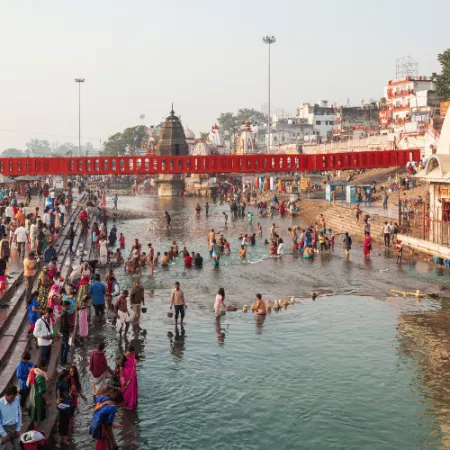 View Gallery - 6
View Gallery - 6 Places to visit in Rishikesh

Adventure Activities In Rishikesh
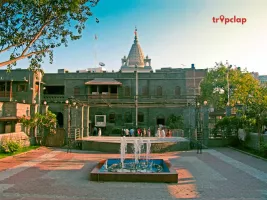
Bharat Mandir
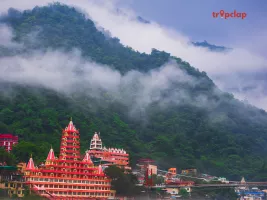
Gita Bhawan
Kaudiyala
Laxman Jhula
Neelkantha Mahadeva Temple
Sivananda Ashram
Triveni Ghat
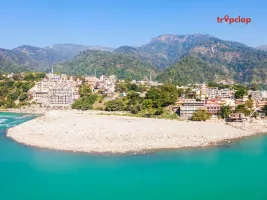
Vanaprastha Ashram
2 days & 1 nights
4.9 (30)
1 Nights/ 2 Days itinerary from New Delhi to Haridwar/Rishikesh
1D Haridwar • 1D Rishikesh
Tour package by Zoom Yatra
Verified
INR 4,375 SAVE INR 875
INR 3,500 /Adult
4 days & 3 nights
5 (31)
4D3N Rishikesh Dehradun Mussoorie Tour package from Haridwar
1D Dehradun • 1D Haridwar • 1D Mussoorie • 1D Rishikesh
Tour package by Traowl India
Verified
INR 6,765 SAVE INR 1,015
INR 5,750 /Adult
5 days & 4 nights
5 (80)
KEDARNATH (4 night/5 days)
1D Haridwar • 1D Kedarnath • 3D Rishikesh
Tour package by Explorers Company Private Limited
Verified Trustseal
INR 17,332 SAVE INR 4,333
INR 12,999 /Adult
4 days & 3 nights
4.6 (57)
Kedarnath 3N/4D Package by road - from Haridwar
1D Haridwar • 1D Kedarnath • 2D Rishikesh
Tour package by javeo-traveller private limited
Verified
INR 9,999 SAVE INR 2,500
INR 7,499 /Adult
6 days & 5 nights
4.9 (68)
Refreshing Mussoorie haridwar Rishikesh Dehradun Honeymoon Package
1D Dehradun • 1D Haridwar • 1D Mussoorie • 3D Rishikesh
Tour package by Travel Humsafar
Verified
INR 22,235 SAVE INR 3,335
INR 18,900 /Adult
4 days & 3 nights
4.9 (30)
3 Nights/4 Days itinerary from Haridwar to Mussoorie/Dhanaulti
0D Dehradun • 0D Dhanaulti • 0D Haridwar • 0D Mussoorie • 4D Rishikesh
Tour package by Zoom Yatra
Verified
INR 9,125 SAVE INR 1,825
INR 7,300 /Adult
5 days & 4 nights
4.3 (393)
Mussoorie, Haridwar & Rishikesh 4 Nights / 5 Days
1D Haridwar • 1D Mussoorie • 3D Rishikesh
Tour package by TripClap
Verified Trustseal
INR 20,000 /Adult
4 days & 3 nights
4.6 (57)
Kedarnath 3N/4D Package from Haridwar with Hotel in Kedarnath
1D Haridwar • 1D Kedarnath • 2D Rishikesh
Tour package by javeo-traveller private limited
Verified
INR 8,999 /Adult
6 days & 5 nights
4.9 (30)
5 Nights/6 Days itinerary from Rishikesh to Chopta-Overnight stay
2D Chopta • 2D Haridwar • 2D Rishikesh
Tour package by Zoom Yatra
Verified
INR 15,000 SAVE INR 3,000
INR 12,000 /Adult
3 days & 2 nights
4.5 (347)
Holy Uttarakhand
1D Haridwar • 2D Rishikesh
Tour package by ABD HOLIDAY PRIVATE LIMITED
Verified
INR 12,857 SAVE INR 3,857
INR 9,000 /Adult
2. Godavari
The Godavari River is one of the longest rivers in India, running for 1,465 miles (2,362 kilometers). It's also one of the most important, serving as a major water source for millions of people in the country.
The Godavari River Basin is a huge area, covering parts of Andhra Pradesh, Maharashtra, Chhattisgarh, and Telangana. The river has a number of impressive temples and shrines along its banks, making it a popular destination for tourists.
The Godavari River Basin is a huge area, covering parts of Andhra Pradesh, Maharashtra, Chhattisgarh, and Telangana. The river has a number of impressive temples and shrines along its banks, making it a popular destination for tourists.
One of the most famous temples on the Godavari River is the temple of Lord Rama in Nashik. The temple is located on the banks of the river and is said to be the place where Rama spent the last years of his exile.
Another popular destination along the Godavari River is the city of Rajahmundry. The city is located at the mouth of the river and is known for its many temples and ancient ruins.
One of the most popular activities for tourists in the Godavari River Basin is rafting. The river has a number of exciting rapids that make for a thrilling ride.
The Godavari River is a beautiful and important river in India. It's a popular destination for tourists and offers a number of exciting activities for visitors to enjoy.
 View Gallery - 6
View Gallery - 6 Places to visit in Andhra Pradesh
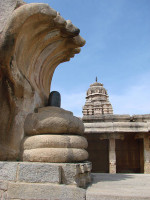
Anantapur
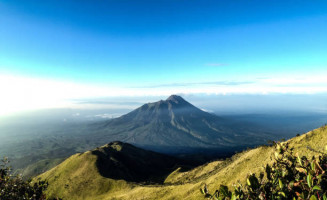
Guntur
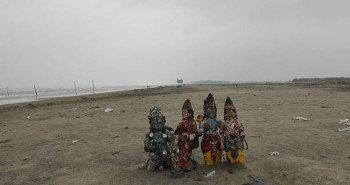
Kakinada
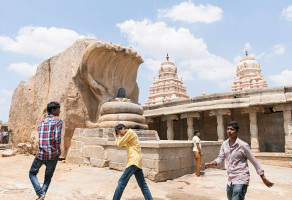
Lepakshi
Machilipatnam
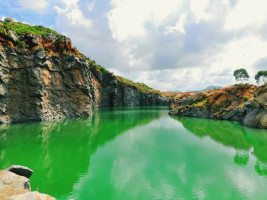
Srikalahasti
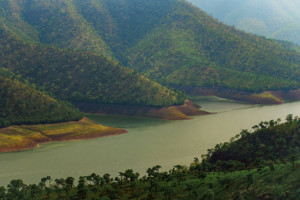
Srisailam
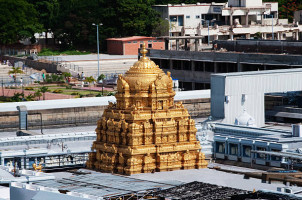
Tirupati
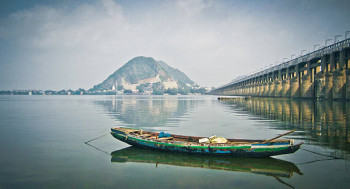
Vijayawada

Visakhapatnam

Vizianagaram

Chittoor

Nellore
Samalkot
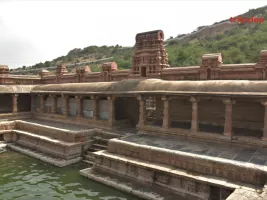
Yaganti Temple

Gandikota
4 days & 3 nights
4.9 (215)
Luxury Beach Vacation in Visakhapatnam with Stay at the Taj 3N/4D
Andhra Pradesh
Tour package by Tourwithme
Verified
INR 34,667 SAVE INR 8,667
INR 26,000 /Adult
7 days & 6 nights
4.6 (37)
Tirupati with Mallikarjuna tour package
3D Srisailam • 4D Tirupati
Tour package by Purba Holidays
Verified Trustseal
INR 19,333 SAVE INR 4,833
INR 14,500 /Adult
4 days & 3 nights
4.8 (314)
3N/4D Araku Valley Tour Package - From Hyderabad
Araku Valley
Tour package by Raisoone Travels and Holidays Pvt Ltd
Verified
INR 24,284 SAVE INR 7,285
INR 16,999 /Adult
3 days & 2 nights
4.9 (215)
2N/3D Araku Valley Tour Package from Guntur
Araku Valley
Tour package by Tourwithme
Verified
INR 11,765 SAVE INR 1,765
INR 10,000 /Adult
4 days & 3 nights
4.9 (215)
A Trip to the Ancient Temples of Tirupati & Mahabalipuram 3N/4D
Tirupati
Tour package by Tourwithme
Verified
INR 27,000 SAVE INR 5,400
INR 21,600 /Adult
3 days & 2 nights
4.9 (215)
The Gateway Hotel Beach Road, Visakhapatnam - 2N/3D
Andhra Pradesh
Tour package by Tourwithme
Verified
INR 25,600 SAVE INR 6,400
INR 19,200 /Adult
4 days & 3 nights
4.9 (106)
3N4D Andhra Delights: Vizag & Araku Combo Tour Package
Visakhapatnam
Tour package by AwaraTrippy
Verified
INR 12,143 SAVE INR 3,643
INR 8,500 /Adult
3 days & 2 nights
5 (31)
3D2N Tirupati Tour Package for 4adults with 3 Star Hotels
Tirupati
Tour package by Traowl India
Verified
INR 16,429 SAVE INR 4,929
INR 11,500 /Adult
5 days & 4 nights
4.6 (37)
Andaman and Nicobar Islands 3 N 4 D
Port Blair
Tour package by Purba Holidays
Verified Trustseal
INR 17,750 SAVE INR 3,550
INR 14,200 /Adult
4 days & 3 nights
4.9 (215)
3N/4D Araku Valley Tour Package - From Hyderabad
Araku Valley
Tour package by Tourwithme
Verified
INR 19,286 SAVE INR 5,786
INR 13,500 /Adult
3. Krishna River
The River Krishna is one of the most sacred rivers in India and is worshipped by Hindus. It is also a major tourist attraction due to its natural beauty and religious significance. The river originates in the Western Ghats and flows eastwards for about 1,400 km before emptying into the Bay of Bengal.
It is the longest river in the state of Andhra Pradesh and is also worshipped as the god of the river.
The river is known for its religious significance and is visited by thousands of pilgrims every year. There are numerous temples and shrines along the banks of the river, which are visited by pilgrims from all over the country.
The river is known for its religious significance and is visited by thousands of pilgrims every year. There are numerous temples and shrines along the banks of the river, which are visited by pilgrims from all over the country.
The river is also known for its scenic beauty and is a popular destination for tourists. There are a number of tourist destinations located along the banks of the river, which include the cities of Vijayawada and Guntur.
The River Krishna is an important part of the culture and history of Andhra Pradesh and is worshipped by Hindus all over the country. It is a major tourist attraction due to its natural beauty and religious significance.
 View Gallery - 6
View Gallery - 6 Places to visit in Vijayawada
Amaravathi
Besant Road
Bhavani Island
Gandhi Hill
Gunadala Matha Shrine
Hinkar Thirtha
Kanaka Durga Temple
Kondapalli Fort
Lenin Statue
Mogalarajapuram Caves
Rajahmundry
Rajiv Gandhi Park
Subramanya Swamy Temple
Undavalli Caves
Victoria Museum
4 Yamuna River
The Yamuna River, 1376 km long is a major river in northern India. It flows through the states of Uttarakhand, Himachal Pradesh, Haryana, Delhi, and Uttar Pradesh, and is a tributary of the Ganges River. The Yamuna is the largest tributary of the Ganges, and one of the famous river in India after the Ganges.
The Yamuna is a holy river in Hinduism and is worshipped as the goddess Yamuna. The river is also considered to be the birthplace of the Hindu god Krishna. The Yamunotri a is the site of the Yamuna Devi temple, which is a major pilgrimage site for Hindus.
The Yamuna is also a popular tourist destination. There are several tourist attractions along the banks of the river, including the Taj Mahal, the Agra Fort, and the Surajkund Mela. The Yamuna is also a popular destination for rafting and kayaking.
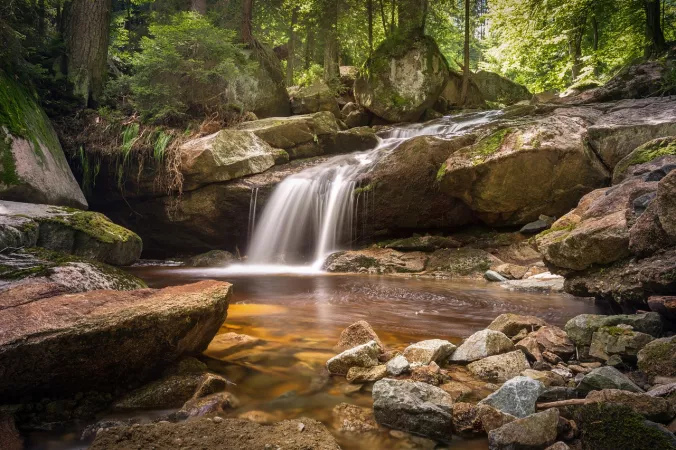 View Gallery - 6
View Gallery - 6 Places to visit in Agra
2 days & 1 nights
5 (49)
Delhi Agra Tour Package 2 Days
1D Agra • 1D Delhi
Tour package by Indiroute DMC
Verified
INR 15,625 SAVE INR 3,125
INR 12,500 /Adult
3 days & 2 nights
4.3 (393)
2N/3D Agra Tour Package from Delhi
Agra
Tour package by TripClap
Verified Trustseal
INR 12,784 SAVE INR 3,196
INR 9,588 /Adult
6 days & 5 nights
4.7 (489)
Special 2024 Golden Triangle India ( Delhi Agra Jaipur)
2D Agra • 2D Jaipur • 2D New Delhi
Tour package by DiscoverMyTravel
Verified Trustseal
INR 15,882 SAVE INR 2,382
INR 13,500 /Adult
3 days & 2 nights
4.3 (393)
Wonderful Taj Mahal Tour
Agra
Tour package by TripClap
Verified Trustseal
INR 8,500 /Adult
3 days & 2 nights
4.4 (74)
Agra Jaipur Tour 3 Days | Agra Jaipur Tour Package | Agra Jaipur Tour from Delhi for 6 PAX.
0D Agra • 0D Delhi • 0D Fatehpur Sikri • 3D Jaipur
Tour package by Travel-yatra.com (A unit of Flying bird travel pvt. ltd.)
Verified Trustseal Top Partner
INR 7,000 /Adult
2 days & 1 nights
4.3 (393)
Amazing Agra Trip
Agra
Tour package by TripClap
Verified Trustseal
INR 6,500 /Adult
4 days & 3 nights
4.7 (23)
Golden Triangle Tour (Delhi / Agra / Jipur)
1D Agra • 1D Delhi • 2D Jaipur
Tour package by Voyagevista Travels
Verified Trustseal
INR 11,250 SAVE INR 2,250
INR 9,000 /Adult
3 days & 2 nights
4.1 (37)
3 days itinerary for Agra, Mathura,Vrindavan
1D Agra • 1D Mathura • 1D Vrindavan
Tour package by YATRACO
Verified
INR 16,000 SAVE INR 4,000
INR 12,000 /Adult
4 days & 3 nights
4.3 (393)
3N/4D Agra & Mathura Tour Package from Delhi
2D Agra • 2D Mathura
Tour package by TripClap
Verified Trustseal
INR 15,106 /Adult
4 days & 3 nights
Jaipur with Agra – A Royal Journey Through Heritage & History
2D Agra • 2D Jaipur
Tour package by Asiago Travels
Verified
INR 35,000 SAVE INR 7,000
INR 28,000 /Adult
5. Narmada
The River Narmada of India is a major river in central India. It flows westward for 1,312 kilometers (815 mi) from its source in the Amarkantak Plateau of Madhya Pradesh state to the Gulf of Khambhat in Gujarat state. The Narmada is the fifth longest river in India, after the Ganges, Yamuna, Godavari, and Krishna.
It is also one of the three major rivers in peninsular India, along with the Tapi and the Mahi. The Narmada is considered to be a holy river by Hindus. It is mentioned in the Rigveda, and the Puranas mention that the Narmada is the daughter of the Himalayas and the sister of the Ganges and the Yamuna. Pilgrimages to the Narmada are considered to be especially beneficial for the salvation of souls.
The Narmada has a significant place in Indian culture and history. Many sages and saints have lived on its banks, and it is considered to be the most sacred of the five major rivers in India. The Narmada Jayanti, or Narmada Jayanti Mahotsav, is a major festival celebrated on the banks of the Narmada every year.
The Narmada is also a major source of irrigation and power in India. The Narmada Valley Development Project, also known as the Sardar Sarovar Project, is a massive irrigation project that has been under construction on the Narmada River since 1961. The project has been controversial due to the displacement of people that has been caused by the construction of the dam.
It is a major tourist attraction in India. The river has a picturesque landscape, and its banks are home to many ancient temples and shrines.
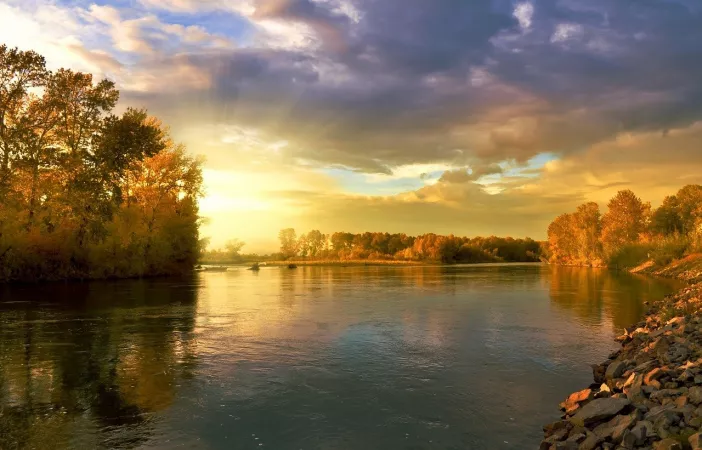 View Gallery - 6
View Gallery - 6 Places to visit in Gujarat
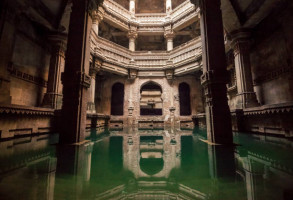
Ahmedabad

Anand
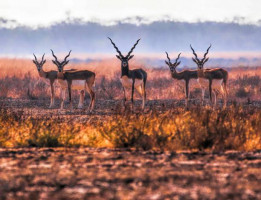
Bhavnagar

Bhuj

Ambaji
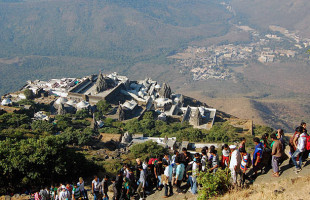
Dholavira

Dwarka
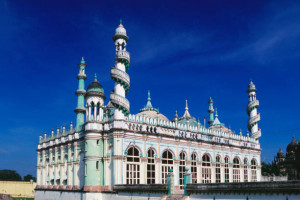
Junagadh
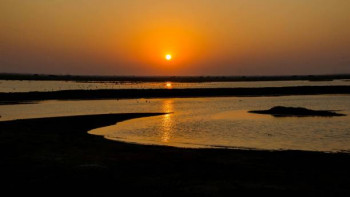
Porbandar
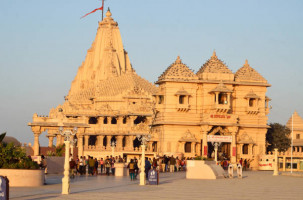
Somnath
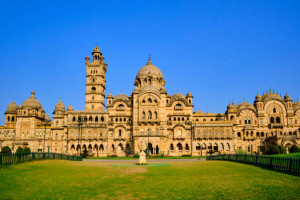
Vadodara
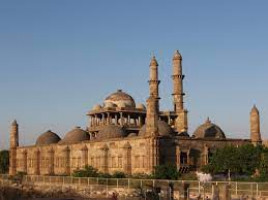
Champaner
Gandhinagar

Kutch

Surat
Dang
Palitana
8 days & 7 nights
4.6 (37)
GUJARAT TRIP_25TH DEC_MAP_3 STAR & 5STAR
Gujarat
Tour package by Purba Holidays
Verified Trustseal
INR 84,667 SAVE INR 21,167
INR 63,500 /Adult
4 days & 3 nights
4.4 (74)
Temple Gujrat Tour Package
Dwarka
Tour package by Travel-yatra.com (A unit of Flying bird travel pvt. ltd.)
Verified Trustseal Top Partner
INR 10,824 SAVE INR 1,624
INR 9,200 /Adult
3 days & 2 nights
5 (31)
3 Days / 2 Nights – Dwarka & Somnath Tour Package
1D Dwarka • 2D Gujarat
Tour package by Traowl India
Verified
INR 6,110 SAVE INR 611
INR 5,499 /Adult
4 days & 3 nights
4.4 (74)
Great Rann Utsav 3N 4D
Bhuj
Tour package by Travel-yatra.com (A unit of Flying bird travel pvt. ltd.)
Verified Trustseal Top Partner
INR 22,399 SAVE INR 5,600
INR 16,799 /Adult
3 days & 2 nights
4.4 (74)
Great Rann Utsav 2N 3D
Bhuj
Tour package by Travel-yatra.com (A unit of Flying bird travel pvt. ltd.)
Verified Trustseal Top Partner
INR 15,465 SAVE INR 3,866
INR 11,599 /Adult
7 days & 6 nights
4.9 (26)
Glimpse of Gujarat Package (MIN 2PAX) 6Nights 7DAYS
Gujarat
Tour package by ENJOY MY TRIPS
Verified
INR 37,499 SAVE INR 7,500
INR 29,999 /Adult
6 days & 5 nights
4.8 (314)
Ahmedabad, Dwarka & Somnath Holiday
3D Ahmedabad • 3D Dwarka
Tour package by Raisoone Travels and Holidays Pvt Ltd
Verified
INR 15,000 /Adult
3 days & 2 nights
4.3 (393)
Ahmedabad Tour Package
Ahmedabad
Tour package by TripClap
Verified Trustseal
INR 8,500 /Adult
3 days & 2 nights
5 (31)
3 Days / 2 Nights – Dwarka & Somnath Tour Package
1D Dwarka • 2D Gujarat
Tour package by Traowl India
Verified
INR 10,714 SAVE INR 3,214
INR 7,500 /Adult
4 days & 3 nights
4.9 (52)
Dwarka and Somnath Package
Dwarka
Tour package by THE ROUTE SEEKERS
Verified
INR 31,667 SAVE INR 3,167
INR 28,500 /Adult

Debalina Deb Roy
A seasoned travel writer with a passion for exploring off beat destinations and uncovering the hidden gems. My ultimate goal is to inspire people to step out of their comfort zones and explore the world.
Certified
We accept (more)
Members of
Media Recognition
Trusted Partners
Award
Copyrights © TripClap. All Rights Reserved


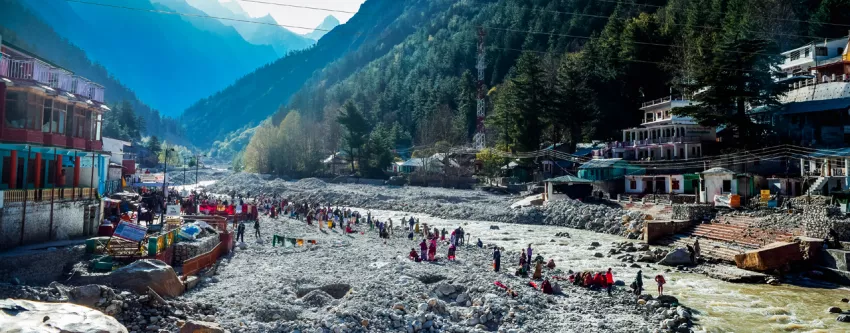
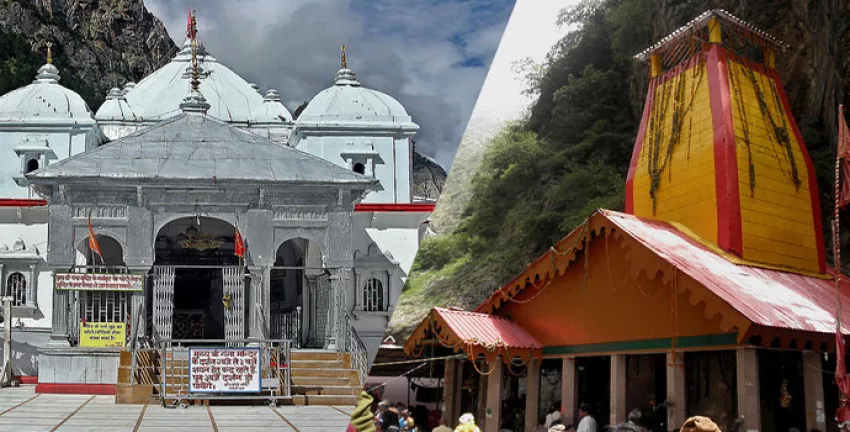
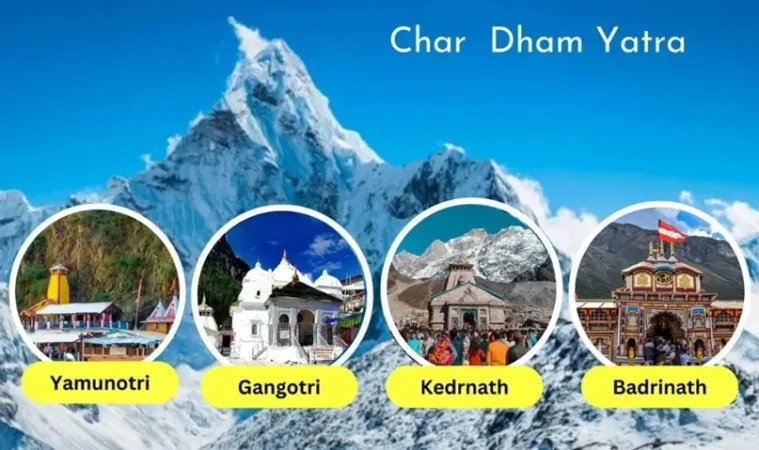

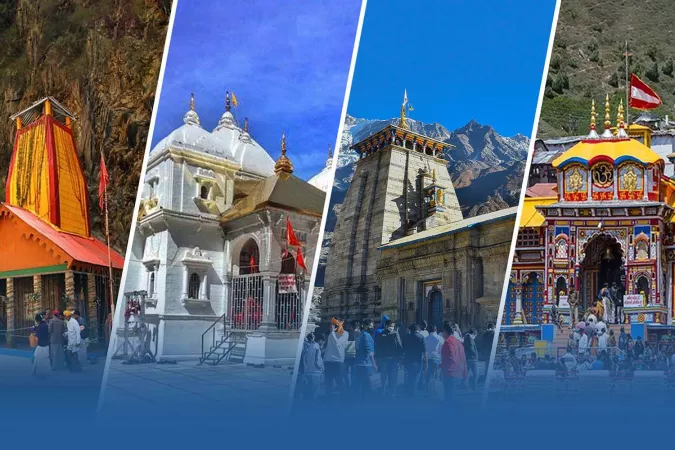

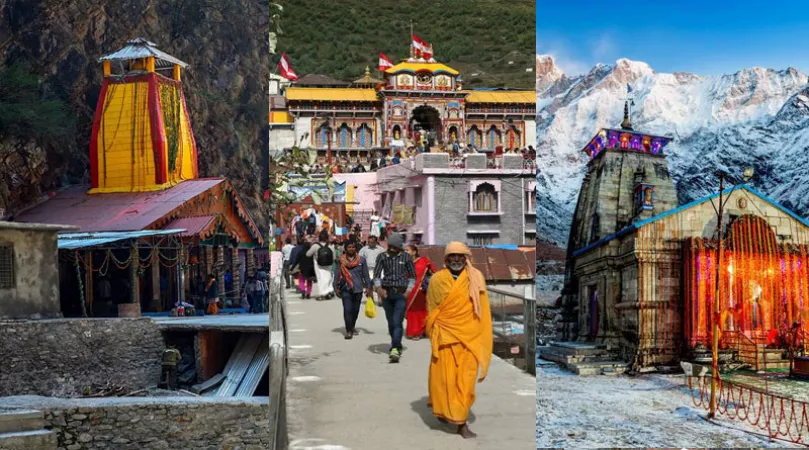

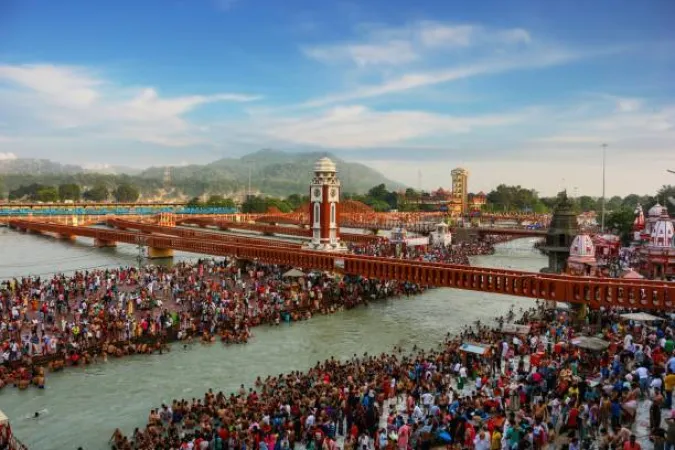
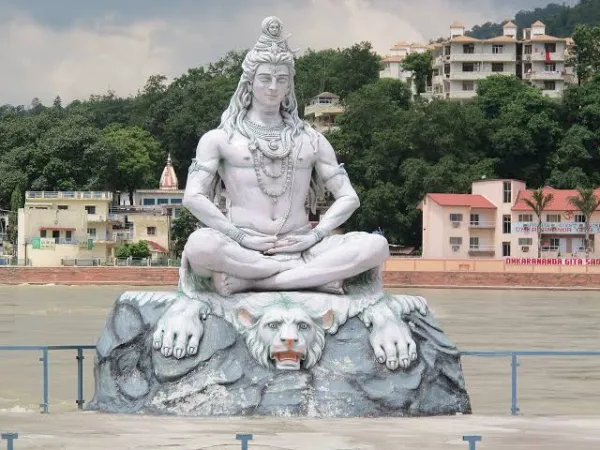


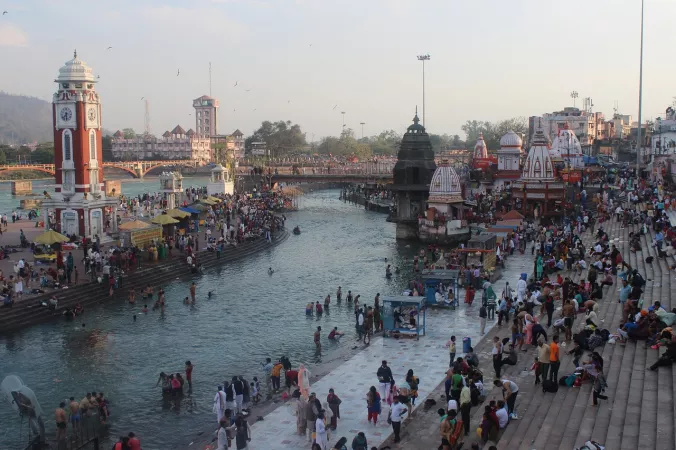
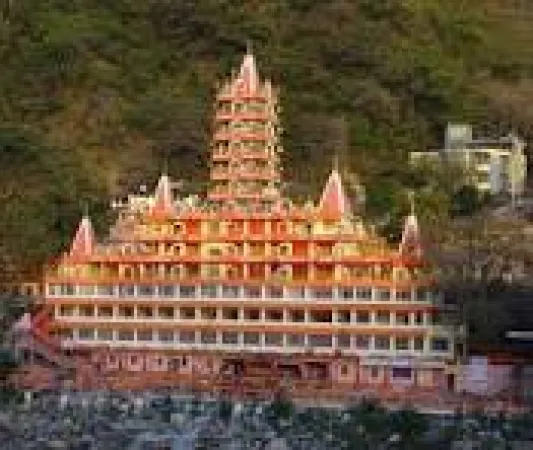
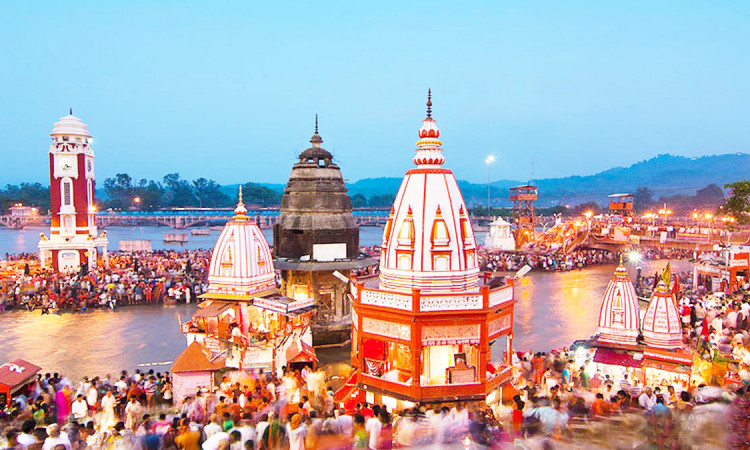
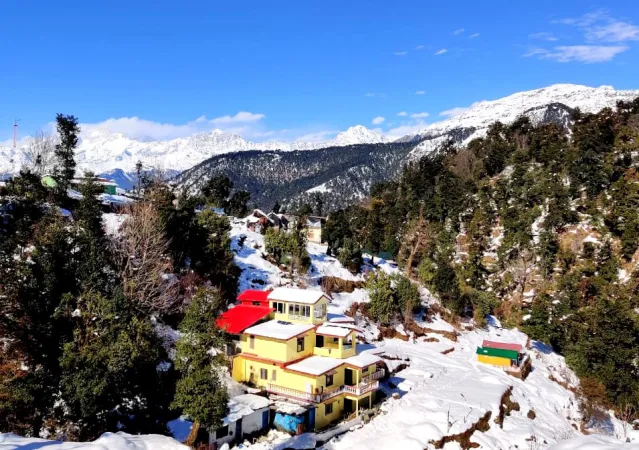
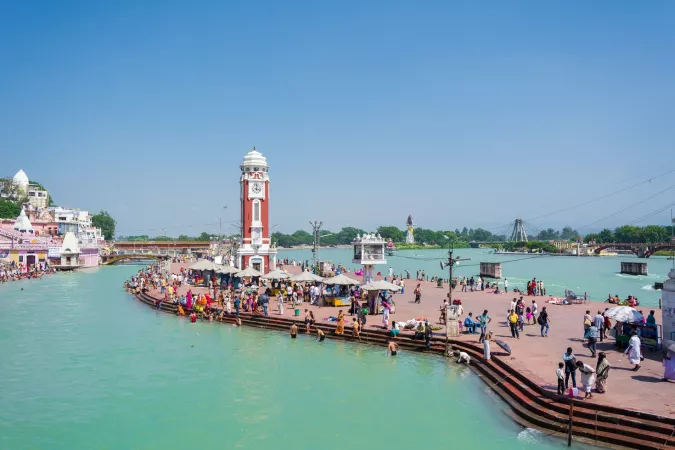
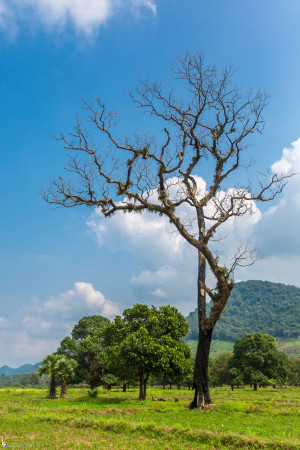

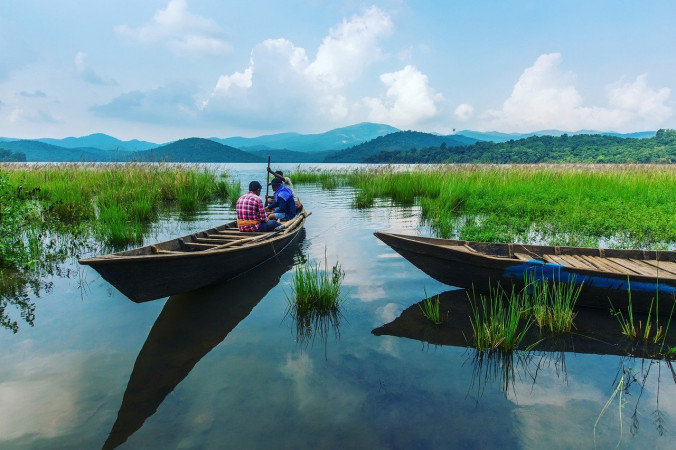
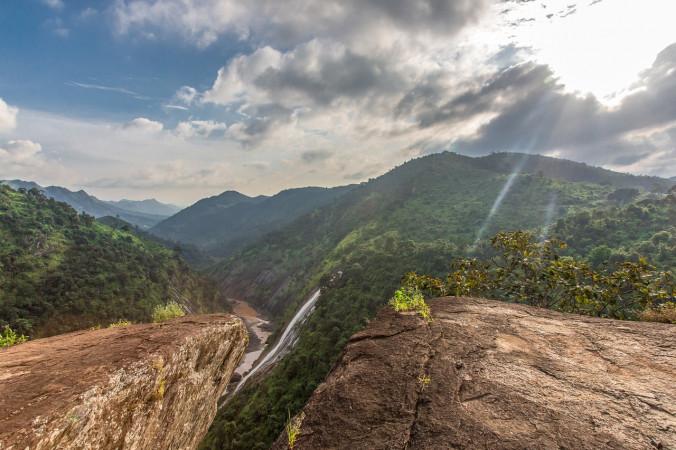
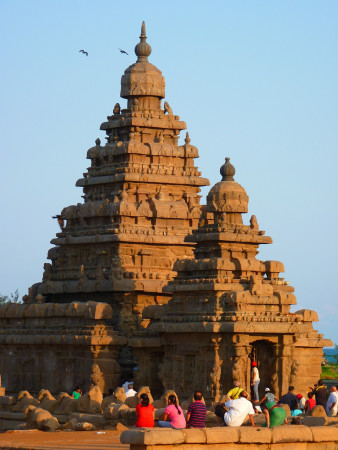
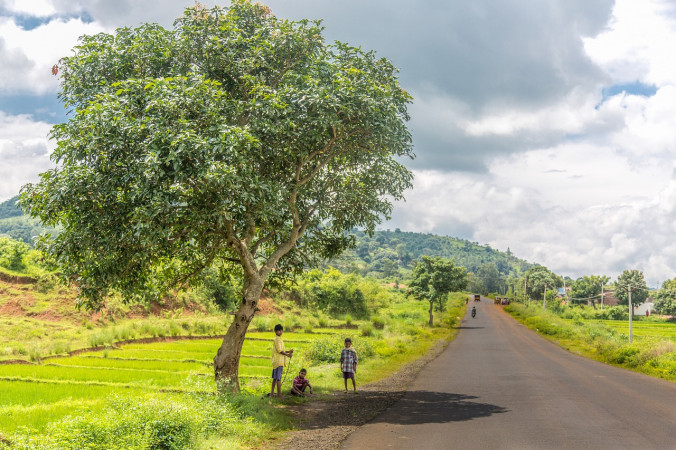

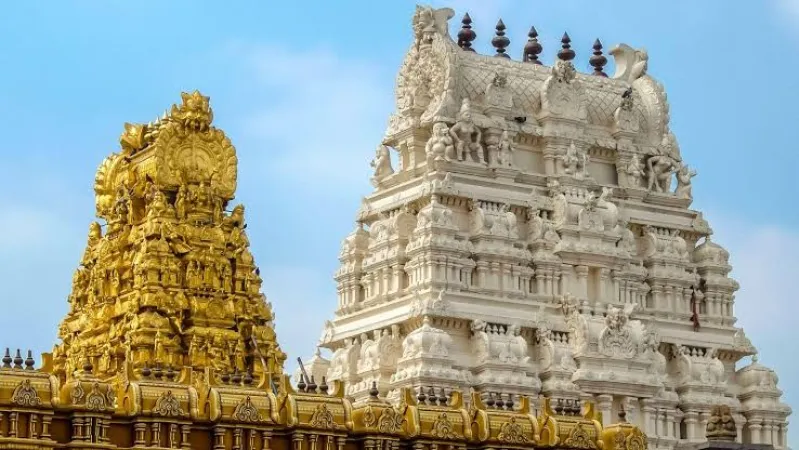

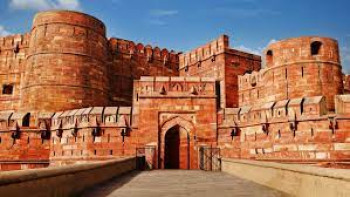

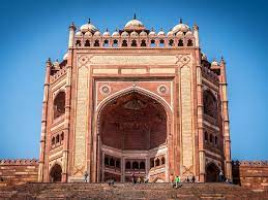
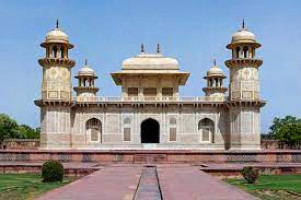

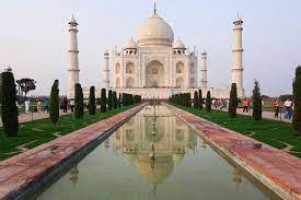
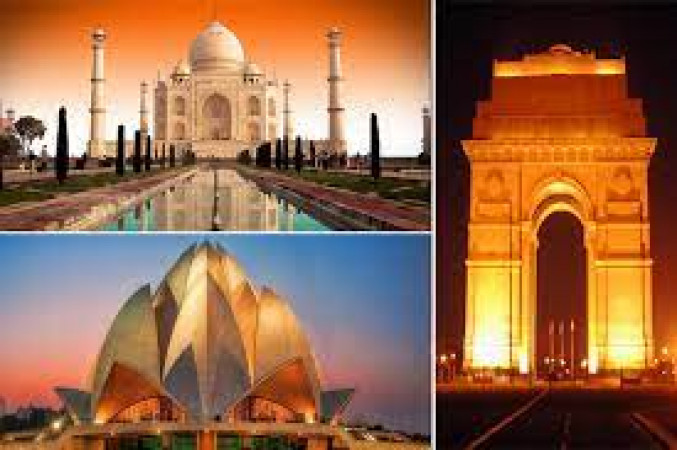
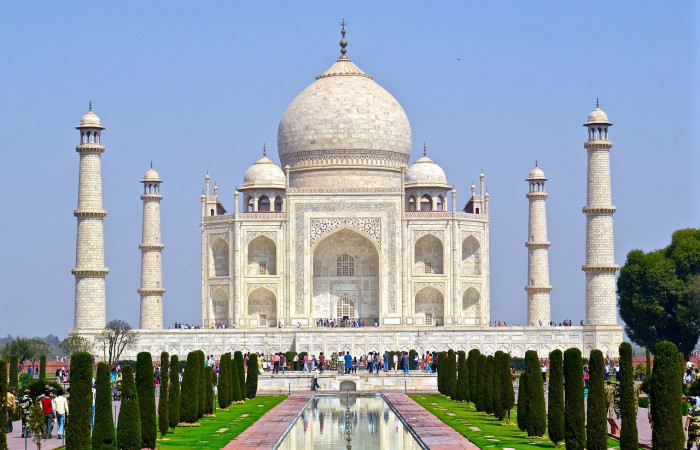
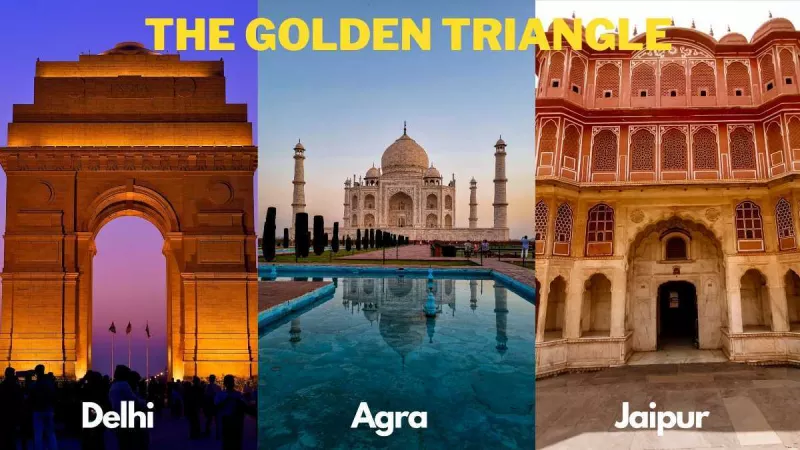
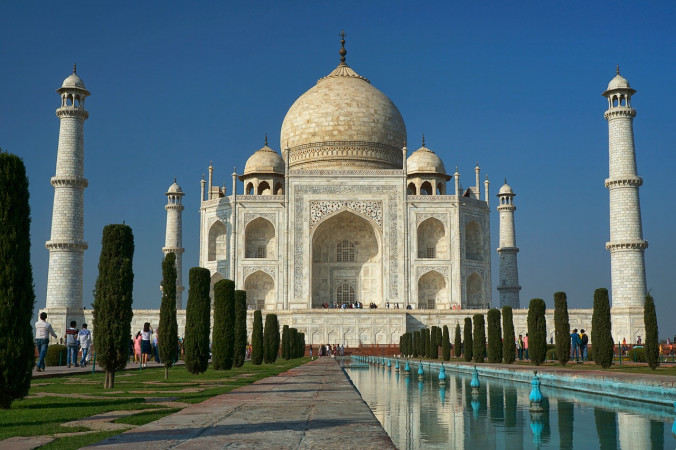
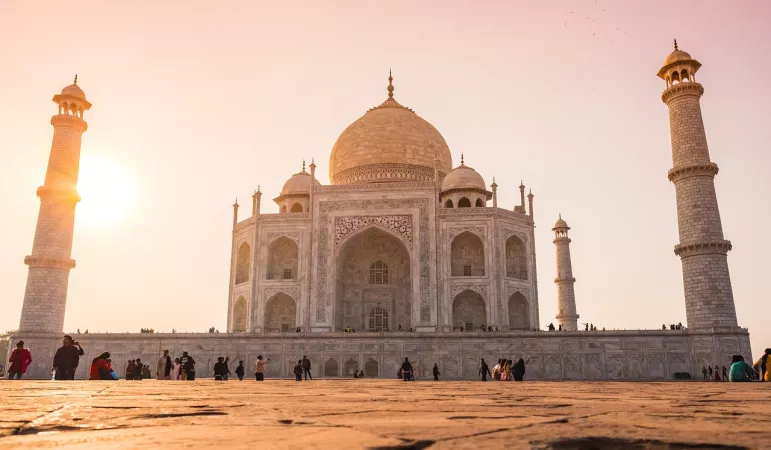
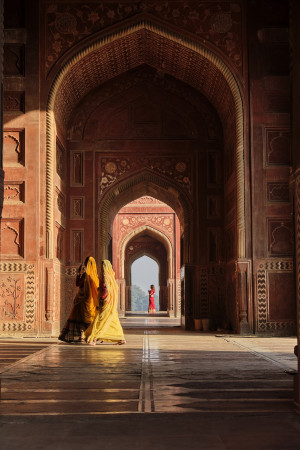
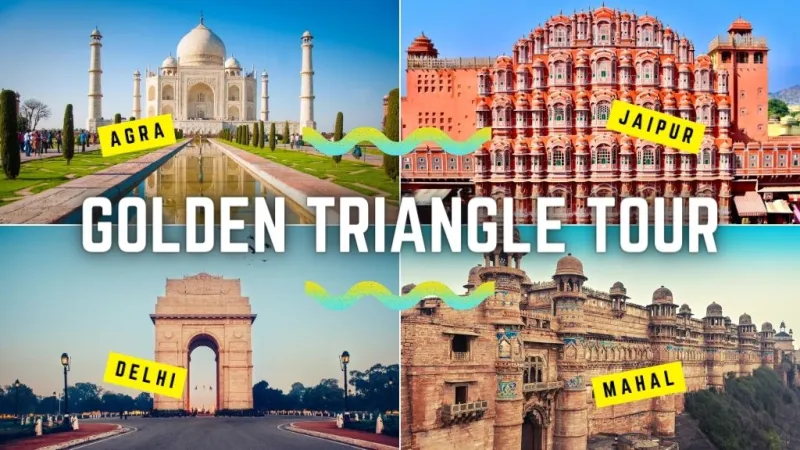
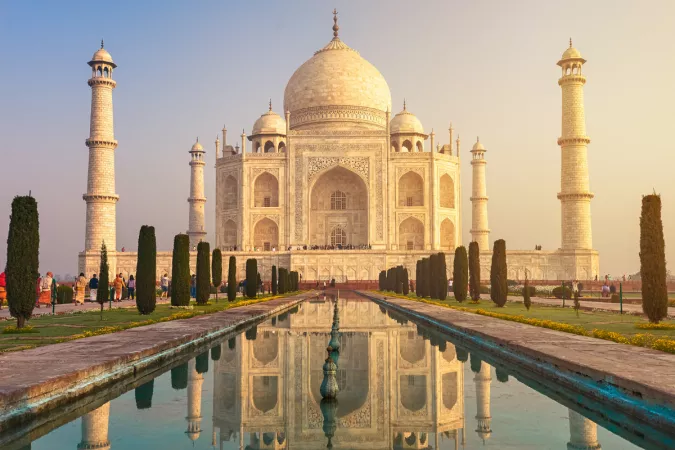
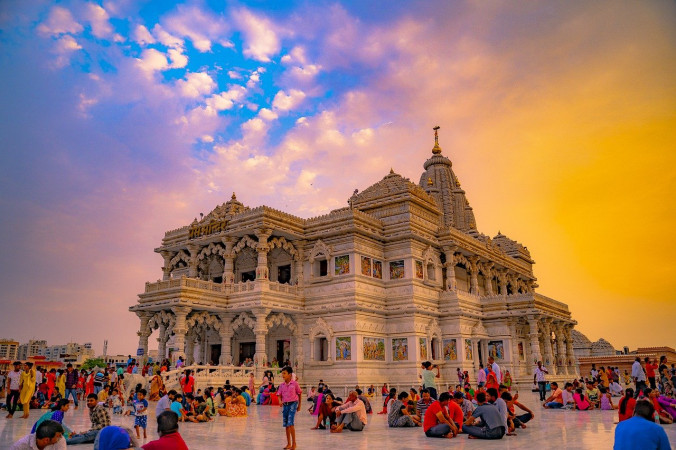
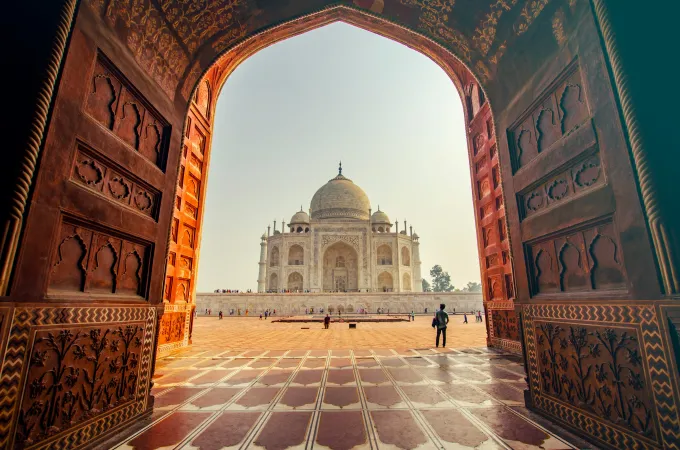

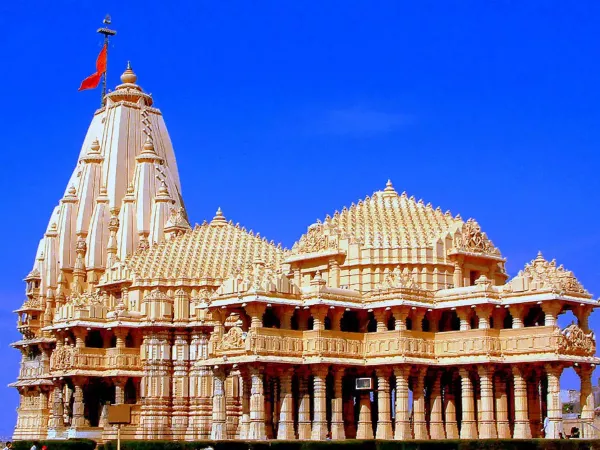
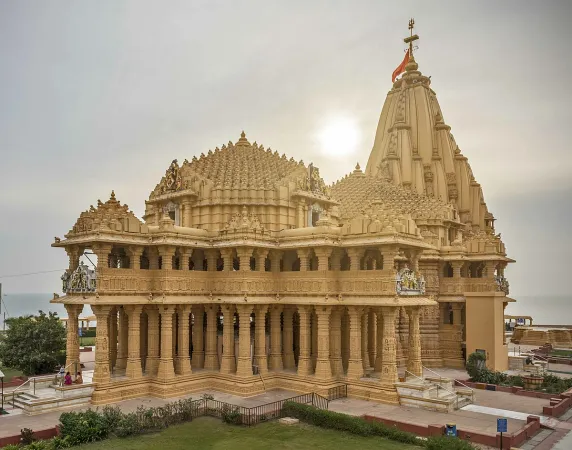

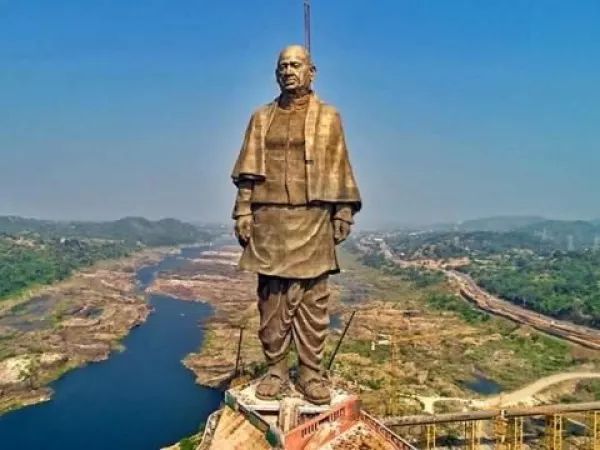
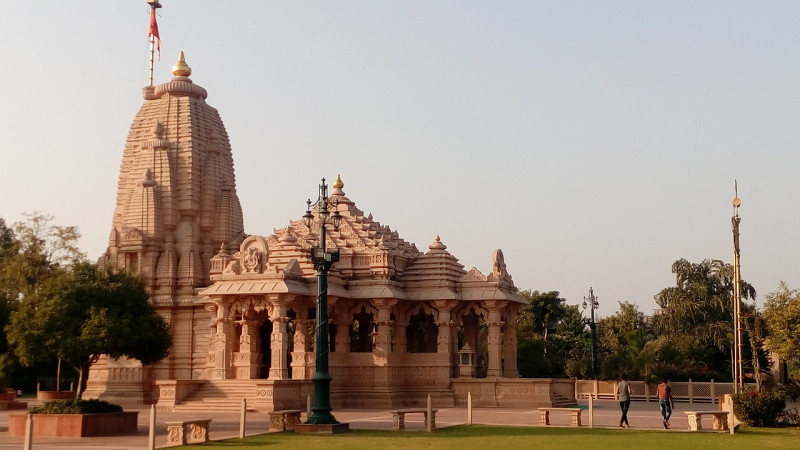
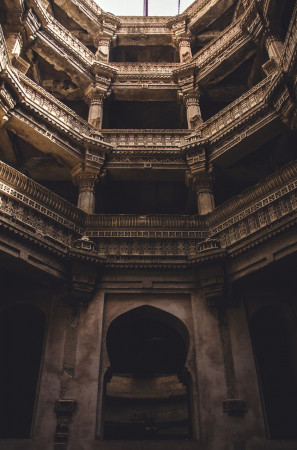
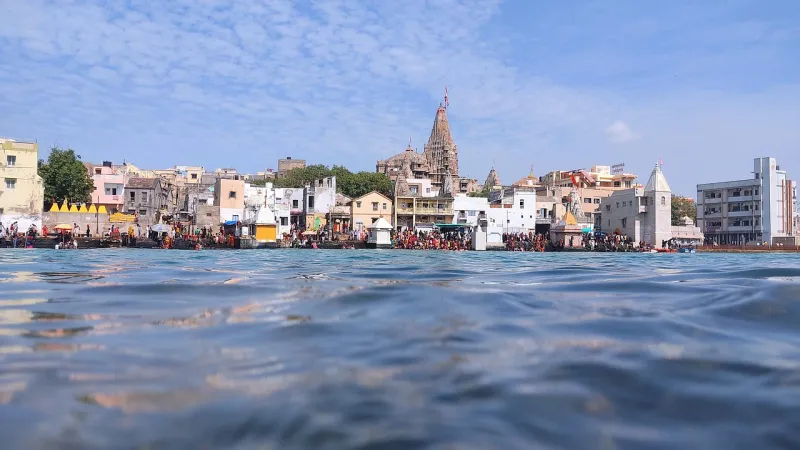
 January
January  February
February  March
March  April
April  May
May  June
June  July
July  August
August  September
September  October
October  November
November  December
December 








